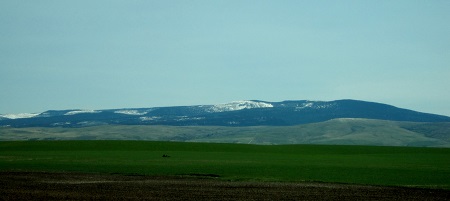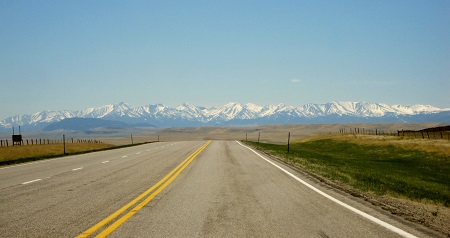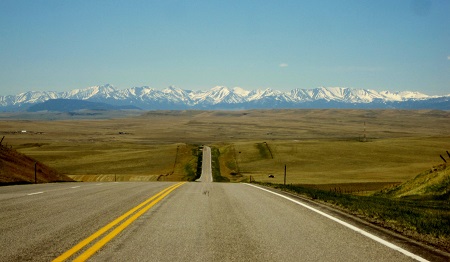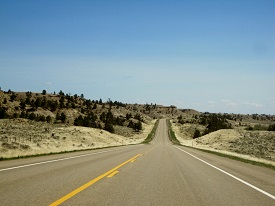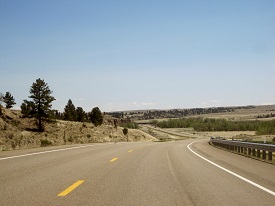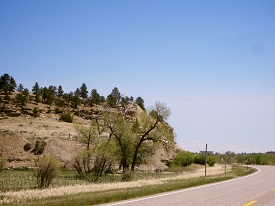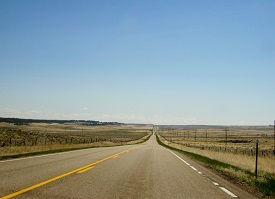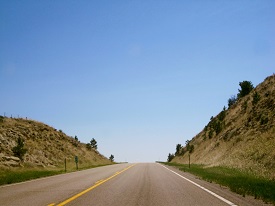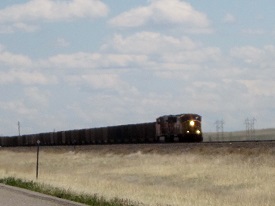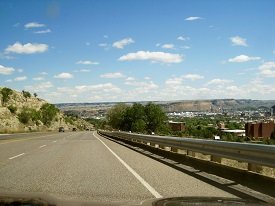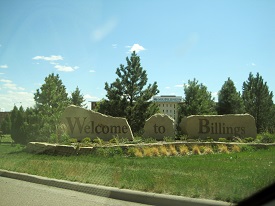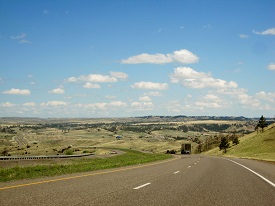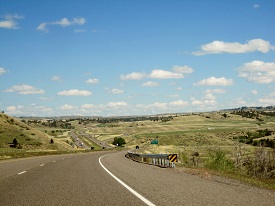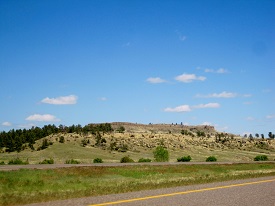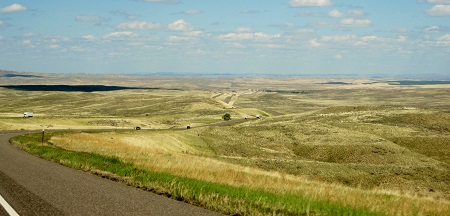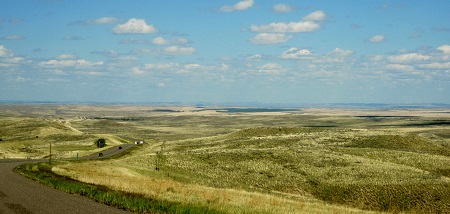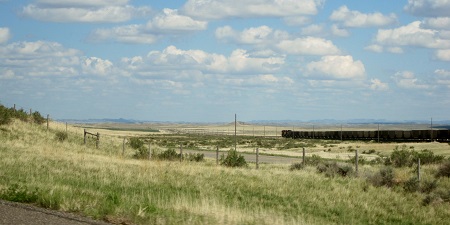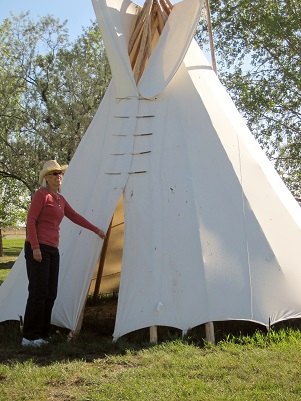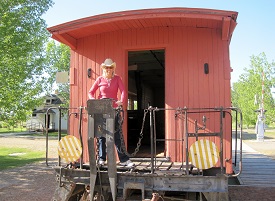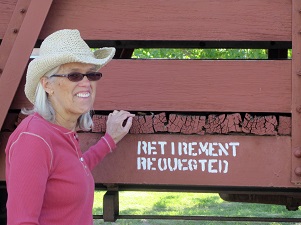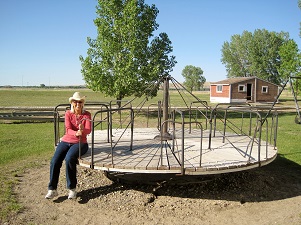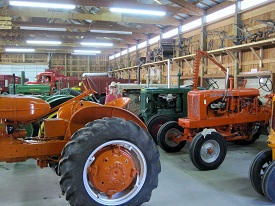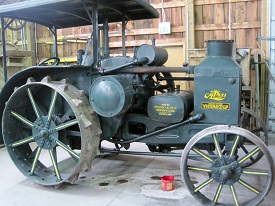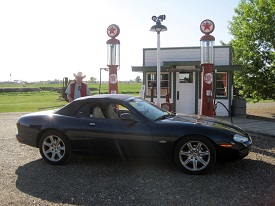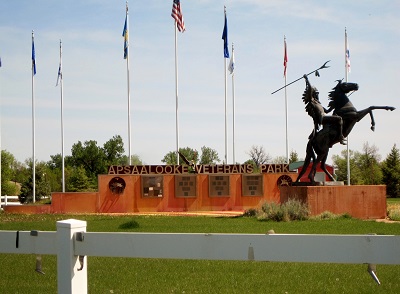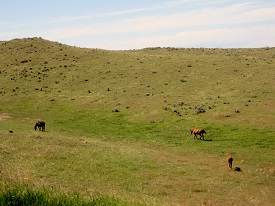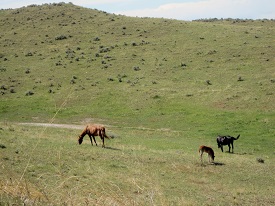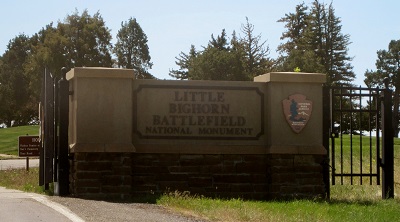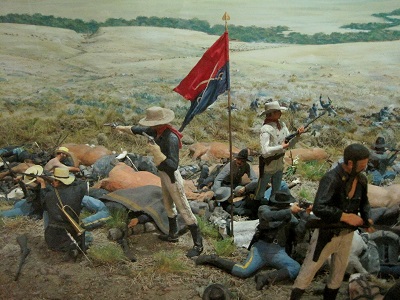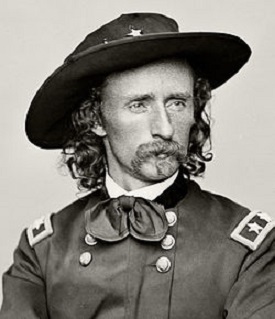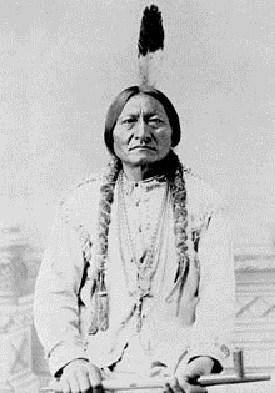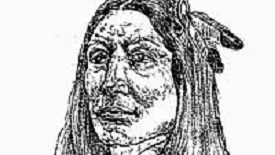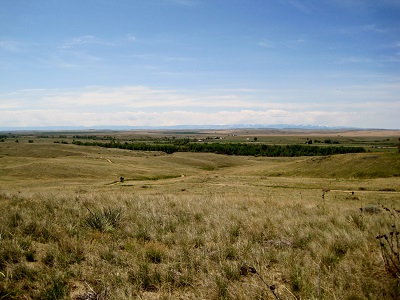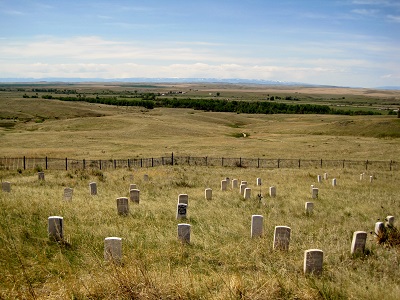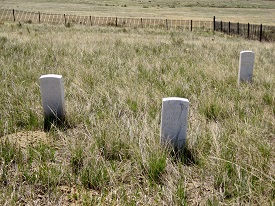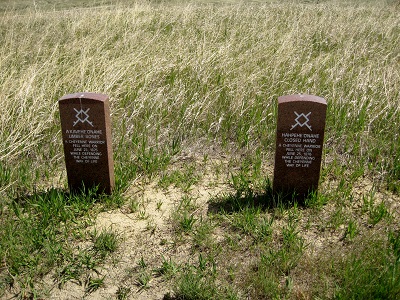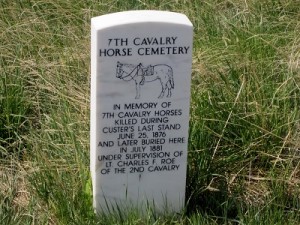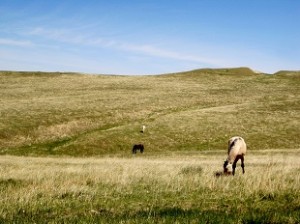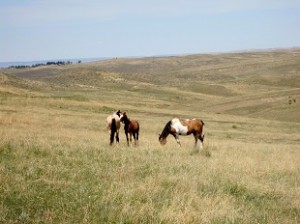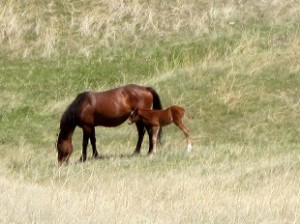So we left brother Rex and his merry band of good ‘ole boys and girls and set out into the wilds of Montana.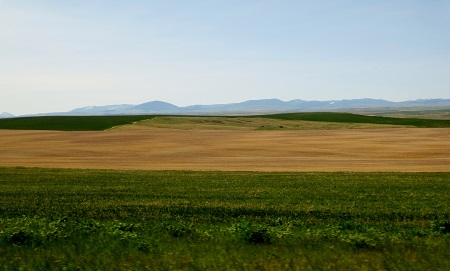
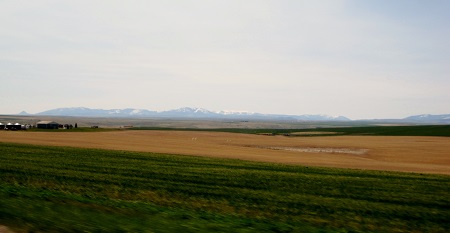
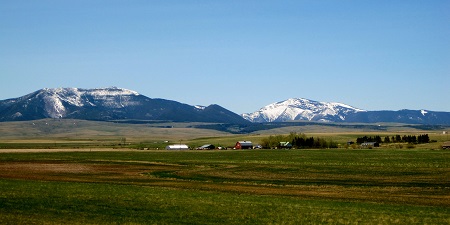
We drove southeast from Great Falls toward Billings, staying off the expressway as much as possible. This type of scenery isn’t available for those on I-whatevers.
rollin along..
We thought hard about staying in the Adams hotel in Lavina, Montana. Later we learned that this hotel built in 1908 is being restored to its former glory. Click on Adams to see more. 28 meg file so might take awhile.
Rumor has it that it was Butch Cassidy, who built the place after surviving the shoot out in Bolivia. Ya, I know, but I love the cliff scene.
Moving along…
..and into Billings.
In July 1806, William Clark (of the Lewis and Clark Expedition -remember them?) passed through the Billings area. On July 25th he arrived at what is now known as Pompey’s Pillar and wrote in his journal “… at 4 P M arrived at a remarkable rock … this rock I ascended and from its top had a most extensive view in every direction.” Clark carved his name and the date into the rock, thus becoming Billings first known graffiti vandal.
Pompey’s Pillar
We ate lunch in Billings next to the Dehler Park baseball stadium, home of the Billings Mustangs, minor league team of the Cincinnati Reds. Dave McNally, pitcher for the Baltimore Orioles, (1962 – 1974) was from Billings. (Yes! You too, can Amaze your friends and influence loved ones by keeping abreast with great trivia from this blog!)
and away we go..
We stopped in Hardin, Mt for the night, before going to the Little Big Horn. According to the 2000 census for every 100 females age 18 and over in Hardin, there were 79.6 males. (See, another great trivial fact)
Our room. Not quite like the cement wigwam but more authentic.
Our neighbor.
The mine.
The train station.
The train..
Mary sending a message..
..and again.
Found a barn full of tractors:
..and filled up with ethel at the local Texaco. (ethel or ethyl, short for tetraethyl lead was extensively used as an additive to gasoline, wherein it served as an effective antiknock agent and prevented exhaust valve and seat wear before being banned by the EPA or whatever they were called in the 70’s…. even more great trivia.)
Leaving Hardin we passed through Crow Agency and saw this:
The Apasaalooke Veterans Park. The Apasaalooke Indians, also called Crow have a touching memorial to fallen Crow warriors who fought in America’s foreign wars. Worth mentioning here was the look of poverty in the settlements we saw not only here but on others of the Indian reservations. I didn’t take pictures, but someone (not pointing fingers) should be ashamed with the conditions.
Horses – Mary gets to see what she came to Montana for….
…and part of what I came to see….
The Little Bighorn, probably the most famous and controversial battles of the Indian Wars. My interest being two-fold, because I’m a history nut and because George Armstrong Custer was from Monroe, Michigan. Mary’s father’s family is from the Monroe area, too.
Love him or revile him, Custer tore a colorful swath through American History. Give him a Google (or not).
The Major Players:
Lt. Col. George Armstrong Custer (ever wonder why it’s always Armstrong?), commander of the U.S. Seventh Cavalry. One of Custer’s scouts supposedly said , “General, I have been with these Indians for 30 years, and this is the largest village I have ever heard of.”
Sitting Bull (Tȟatȟáŋka Íyotake) Hunkpapa Lakota Sioux holy man who led his people as a tribal chief. Before the Battle of the Little Bighorn, Sitting Bull had a vision in which he saw the defeat of the 7th Cavalry.
Trivia: Sitting Bull joined Buffalo Bill Cody’s Wild West show and was paid $50.00 a week.
Crazy Horse (Tȟašúŋke Witkó) War Chief of the Oglala Lakota (Sioux). There is no actual photograph of Crazy Horse. The Crazy Horse Memorial is in the Black Hills – more on that later.
Two Moons, Northern Cheyenne Chief.Two Moons would later serve the Cheyenne Northern reservation by traveling on multiple occasions to Washington, D.C., where he discussed and fought for the future of his people. In 1914 Two Moons actually met with President Woodrow Wilson to discuss exactly that. Later that year, Two Moons was one of the models selected for James Fraser’s famous Buffalo Nickel. (great trivia)
I won’t go into the battle itself, as you can look it up, but I will mention my Impressions as I surveyed the scene from atop “Last stand hill”.
Sure is pretty around here! The Little Big Horn River down below, mountains in the distance, sunshine, wind blowing the grass as it did the afternoon of June 25, 1876.
If you look real close, maybe you can see the teepees…and other things..
.
The head stones represent where troopers of the 7th fell. More recently added are those of some of the fallen Lakota and Cheyenne warriors. Walking around the battlefield site with imagined sounds of Indian war hoops and Garry Owen in my head was quite an experience. What would it have been like being here that June day. What if I had been born a poor German immigrant, joined the Army and ended up in the 7th? Or a Lakota or Northern Cheyenne? Weird thoughts for sure! You’d have to had been there!
Not all the casualties that day were human:
You may remember hearing about the horse named Comanche, the only survivor of Custer’s Last Stand (especially if you around in 1876). If not prepare to be enlightened:
Captain Myles Keogh of the 7th Cavalry liked the gelding and bought him for his personal mount, to be ridden only in battle. In 1868, while the army was fighting the Comanche in Kansas, the horse was wounded in the hindquarters by an arrow, but continued to carry Keogh in the fight. He named the horse “Comanche” to honor his bravery. Comanche was wounded many more times, but always exhibited the same toughness.
Captain Keogh rode Comanche at the Battle of the Little Bighorn.
US soldiers found Comanche, badly wounded, two days after the battle. After being transported to Fort Lincoln, he was slowly nursed back to health. After a lengthy convalescence, Comanche was retired. In April 1878, Colonel Samuel D. Sturgis issued the following order:
(1.) The horse known as ‘Comanche,’ being the only living representative of the bloody tragedy of the Little Big Horn, June 25th, 1876, his kind treatment and comfort shall be a matter of special pride and solicitude on the part of every member of the Seventh Cavalry to the end that his life be preserved to the utmost limit. Wounded and scarred as he is, his very existence speaks in terms more eloquent than words, of the desperate struggle against overwhelming numbers of the hopeless conflict and the heroic manner in which all went down on that fatal day.
(2.) The commanding officer of Company I will see that a special and comfortable stable is fitted up for him, and he will not be ridden by any person whatsoever, under any circumstances, nor will he be put to any kind of work.
(3.) Hereafter, upon all occasions of ceremony of mounted regimental formation, ‘Comanche,’ saddled, bridled, and draped in mourning, and led by a mounted trooper of Company I, will be paraded with the regiment.
By command of Col. Sturgis, E. A. Garlington, First Lieutenant and Adjutant, Seventh Cavalry.”
In June 1879, Comanche was brought to Fort Meade by the Seventh Regiment, where he was kept like a prince until 1887. He was taken to Fort Riley, Kansas. As an honor, he was made “Second Commanding Officer” of the 7th Cavalry. At Fort Riley, he became something of a pet, occasionally leading parades and indulging in a fondness for beer.
Comanche died of colic on November 7, 1891. He is one of only two horses in United States history to be buried with full military honors. His remains were sent to the University of Kansas and preserved, where they can still be seen today in the university’s Natural History Museum
Johnny Horton’s Comanche:
My thoughts came back to the present and the hills around the Little Big Horn were quiet again.
As we say good bye to George and his friends I’ll leave you with a little tune from the 7th.

